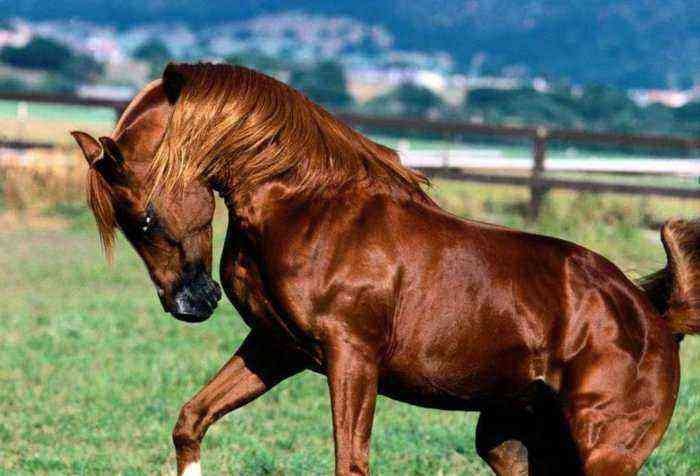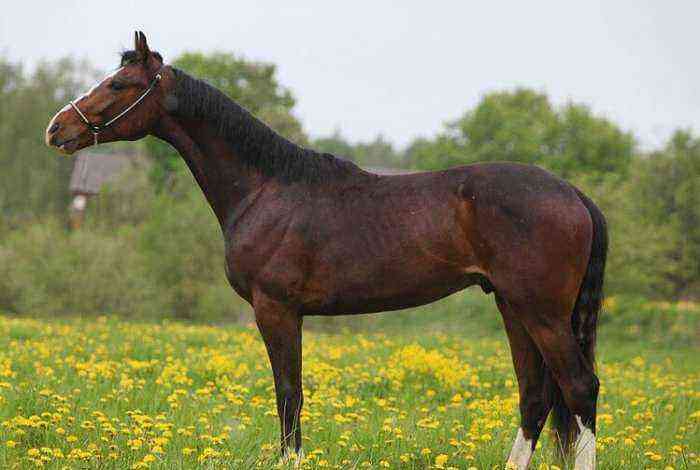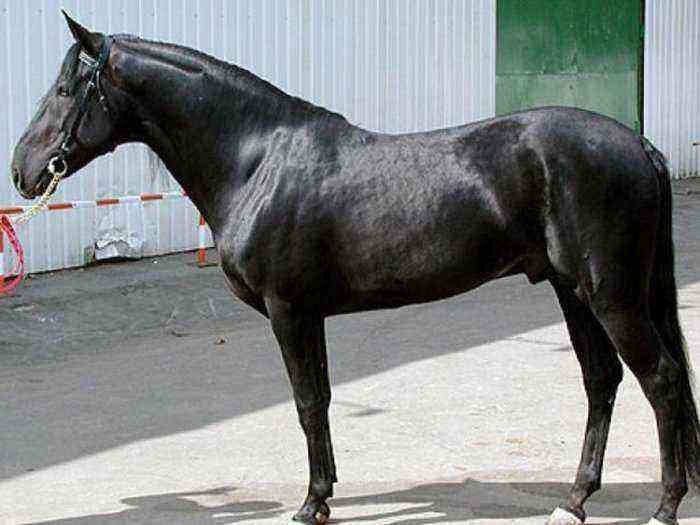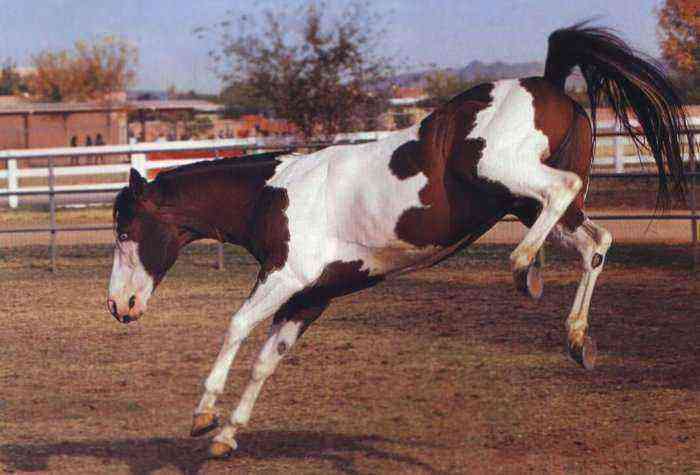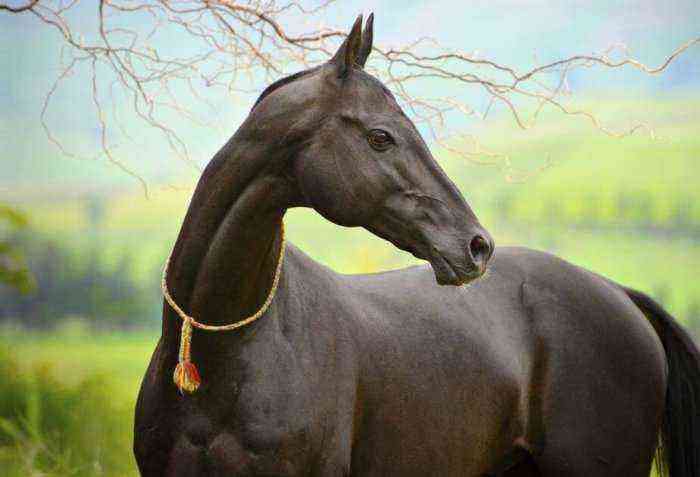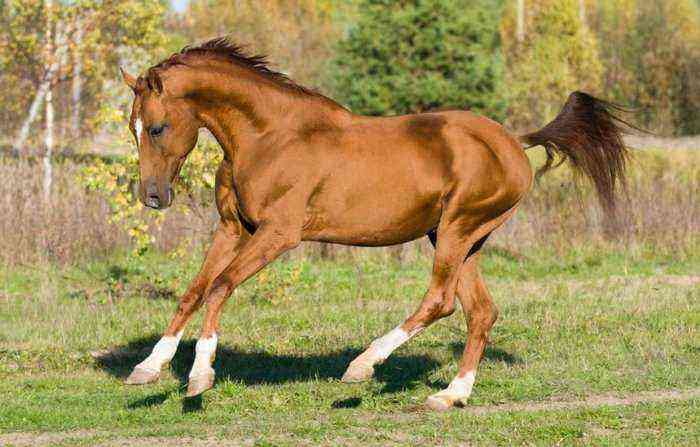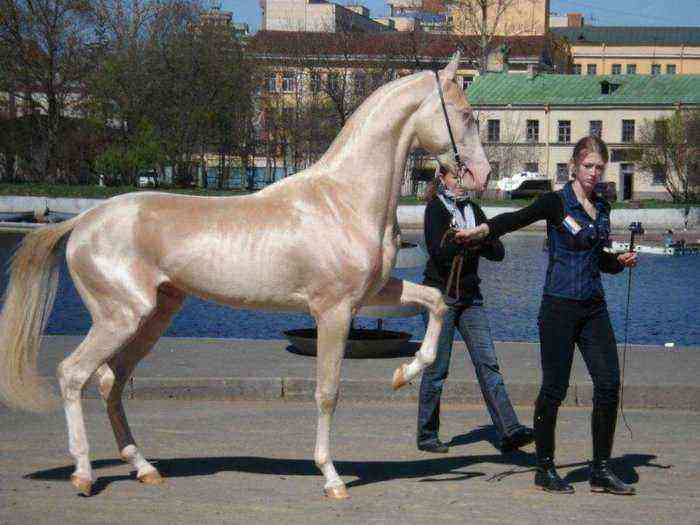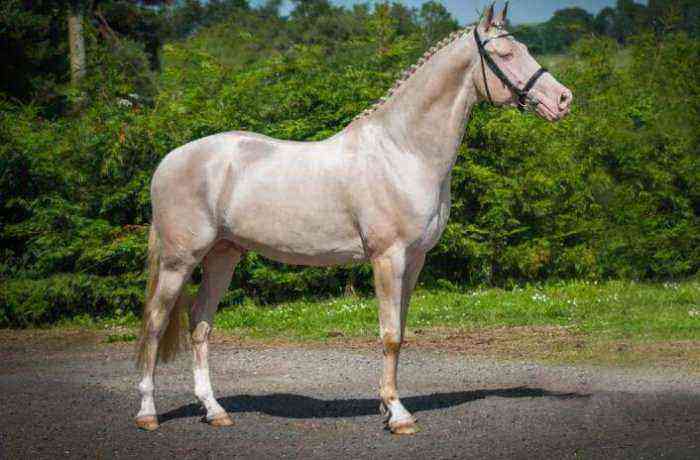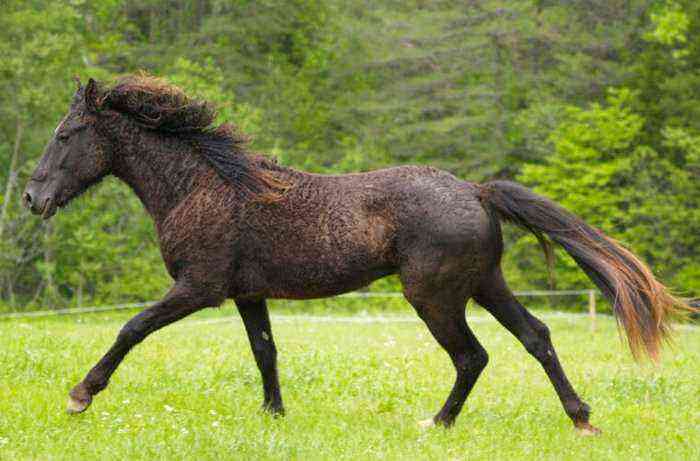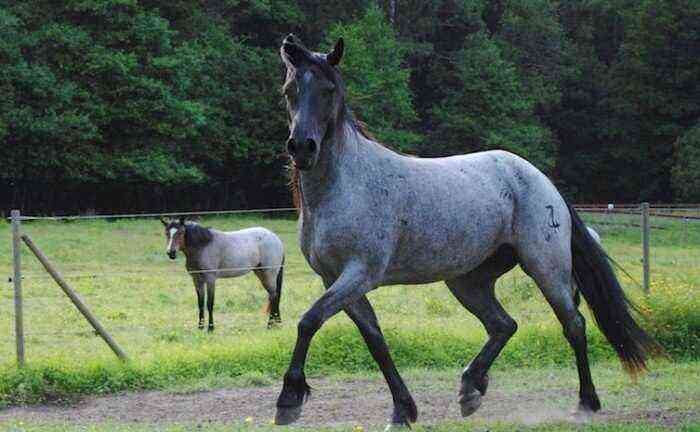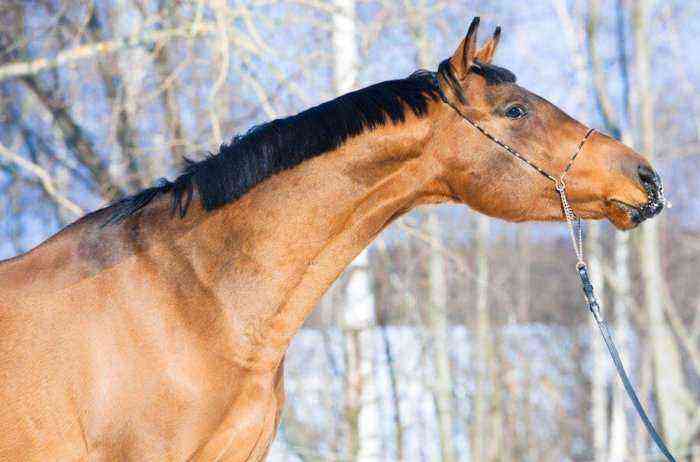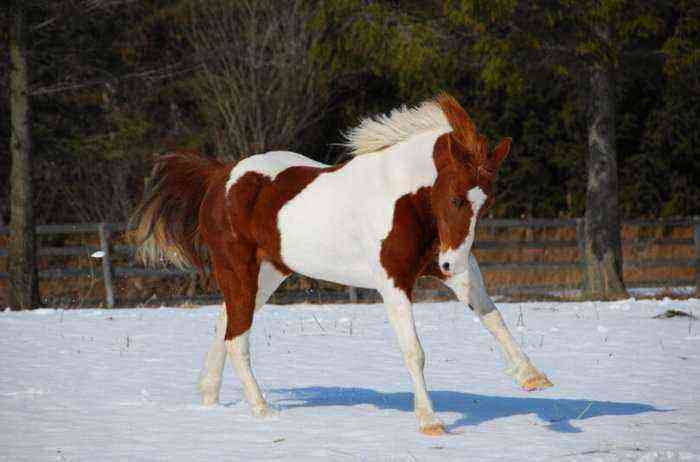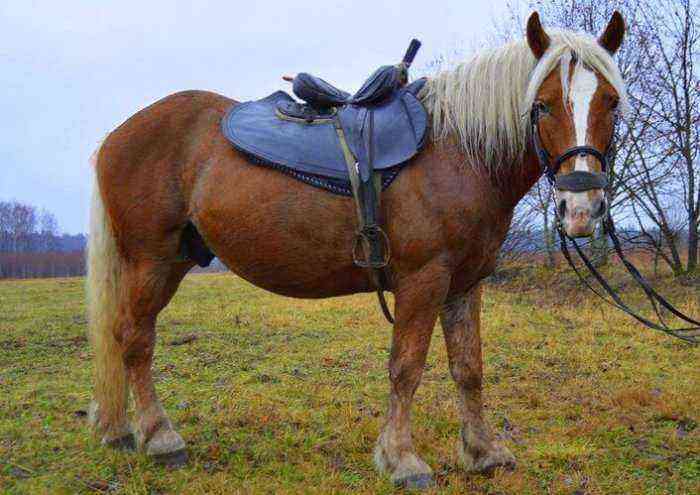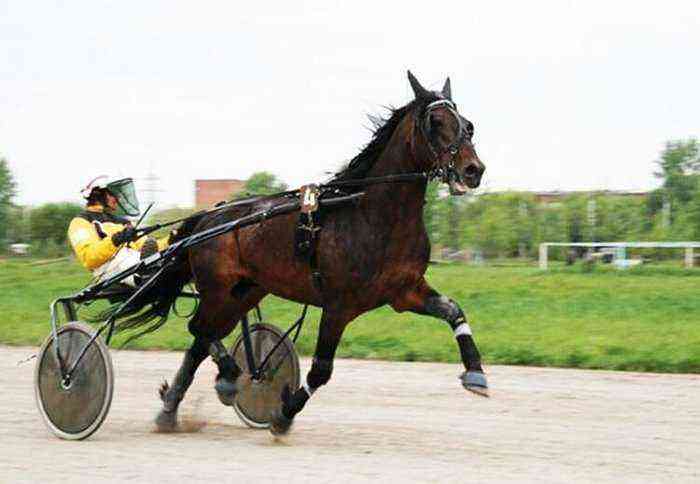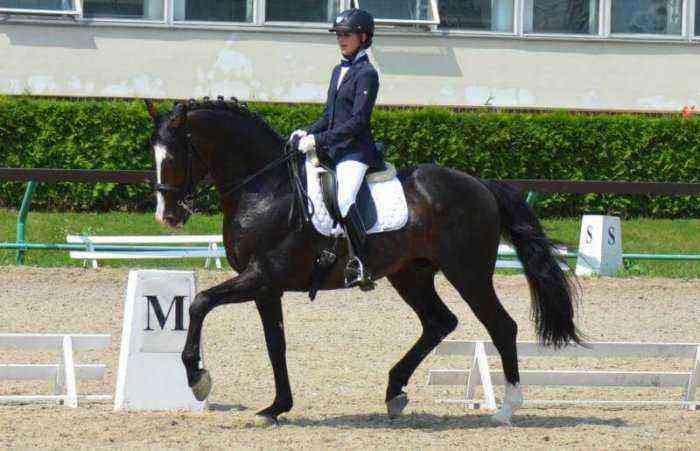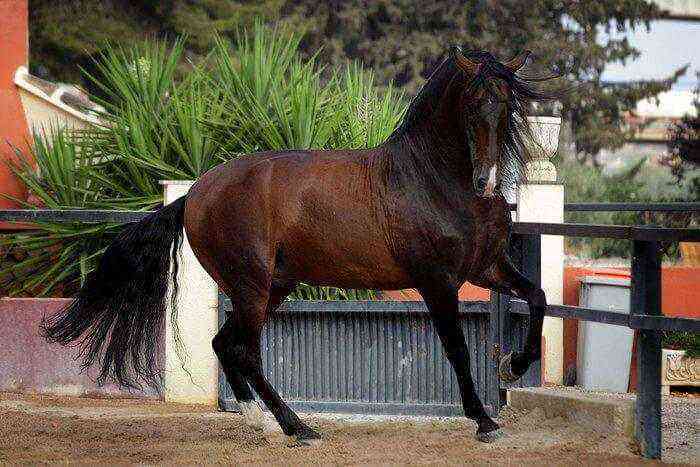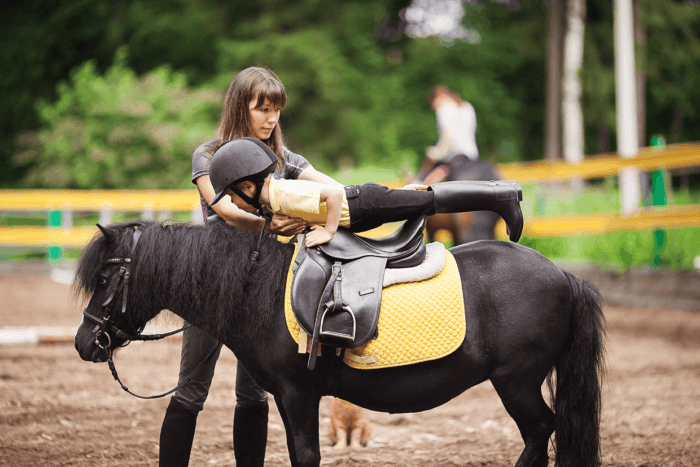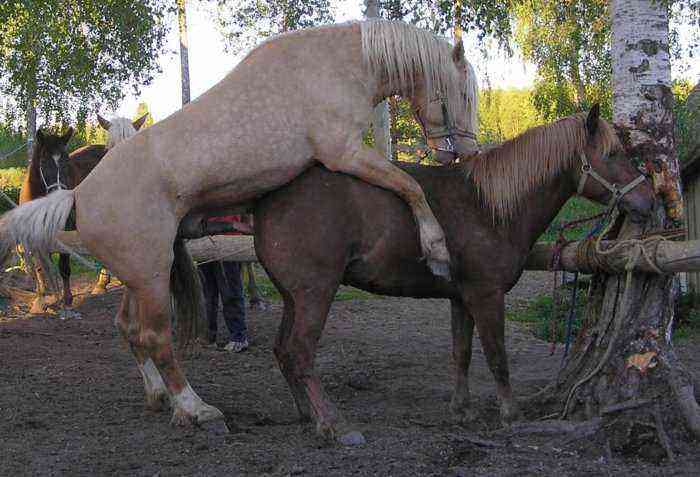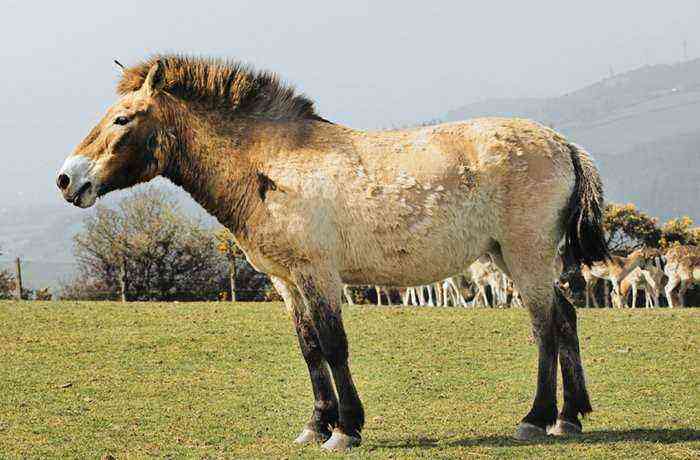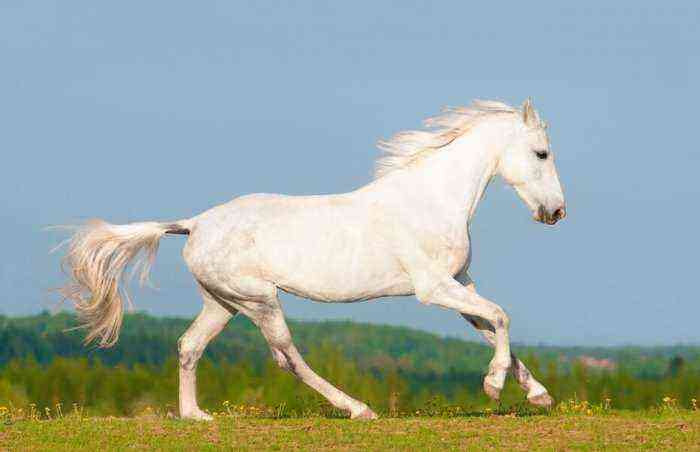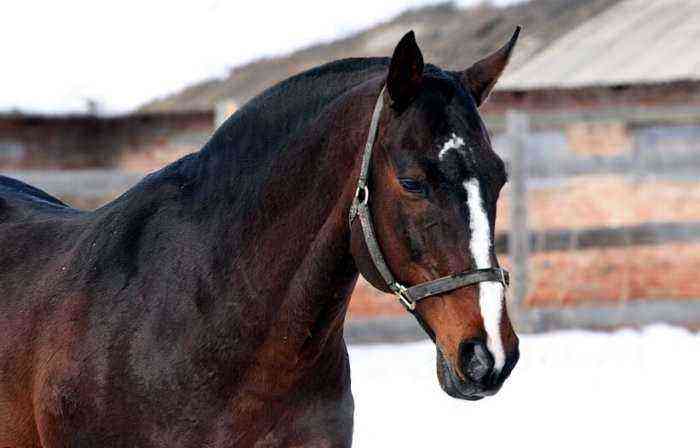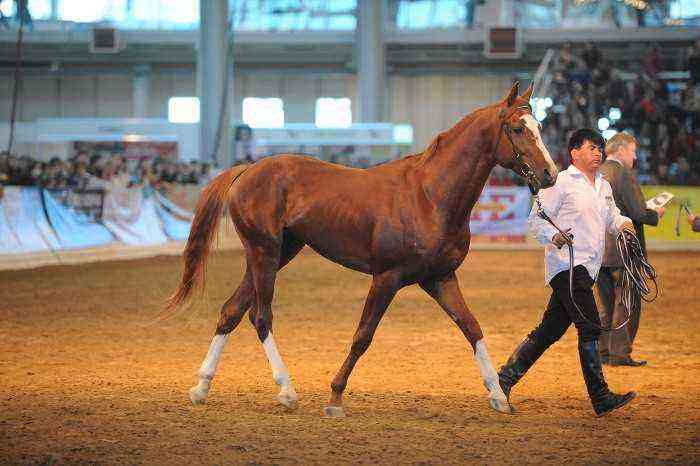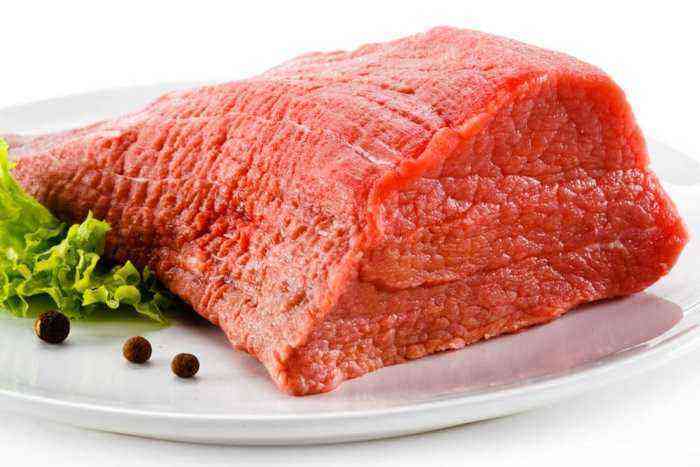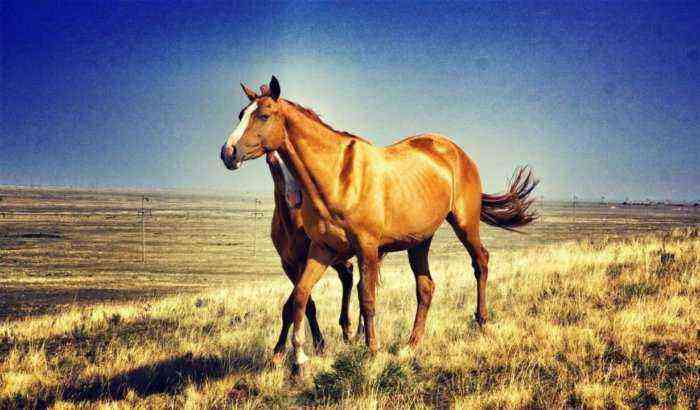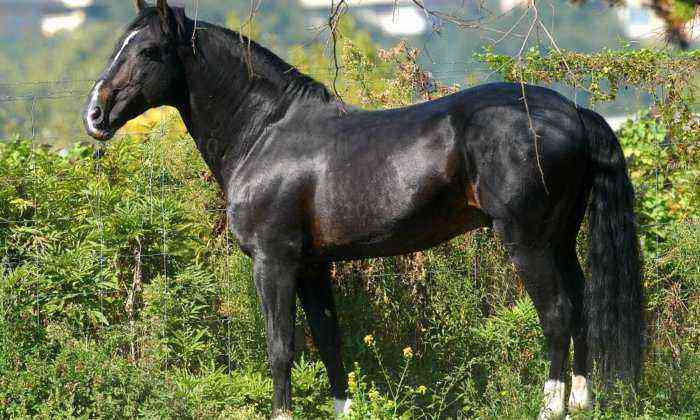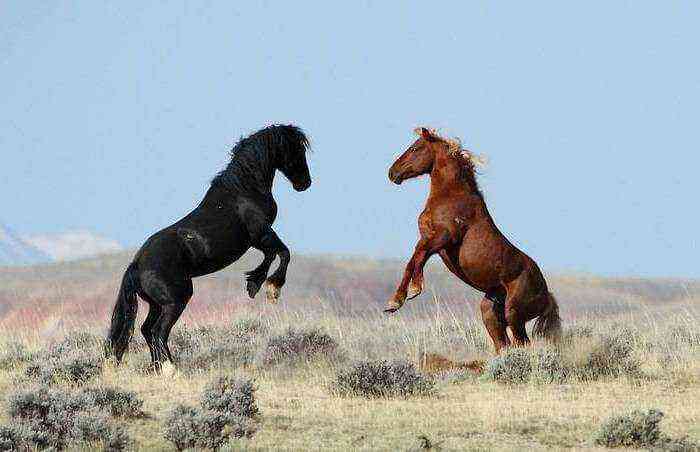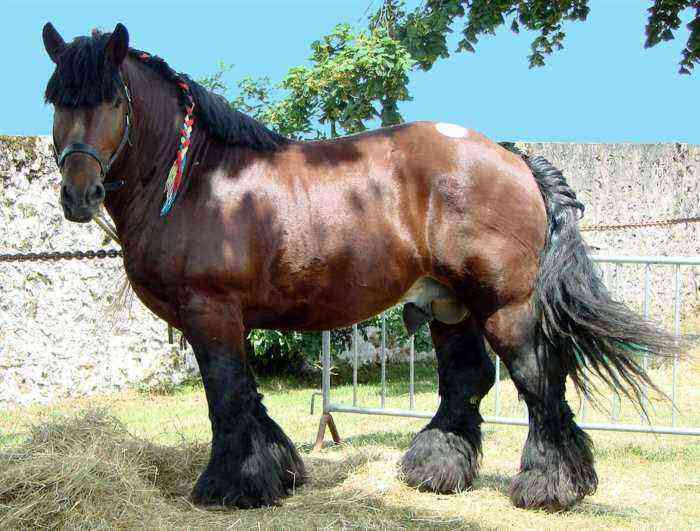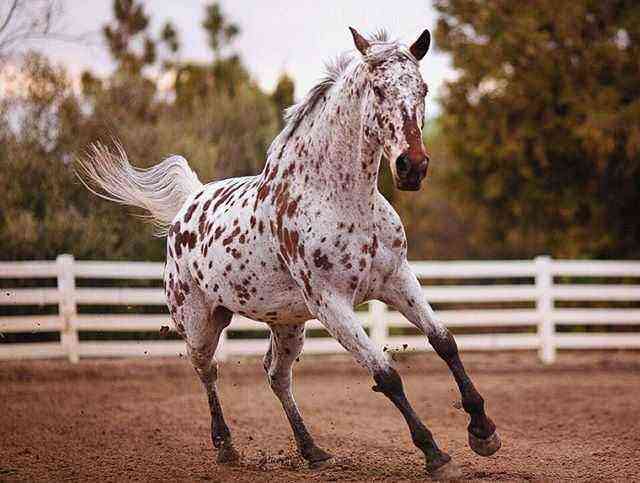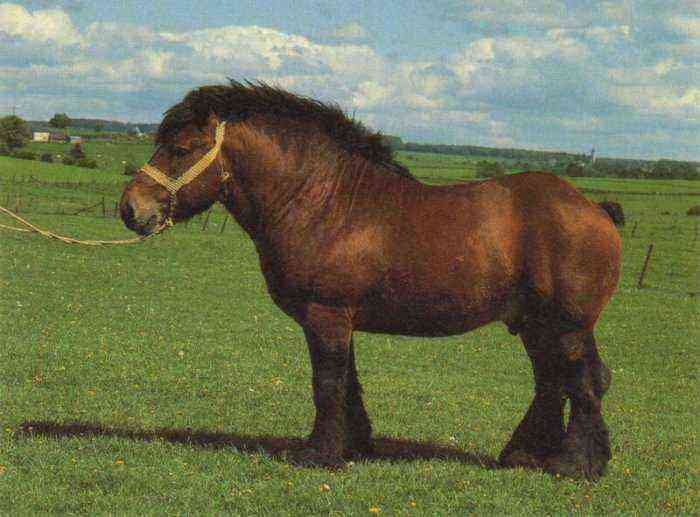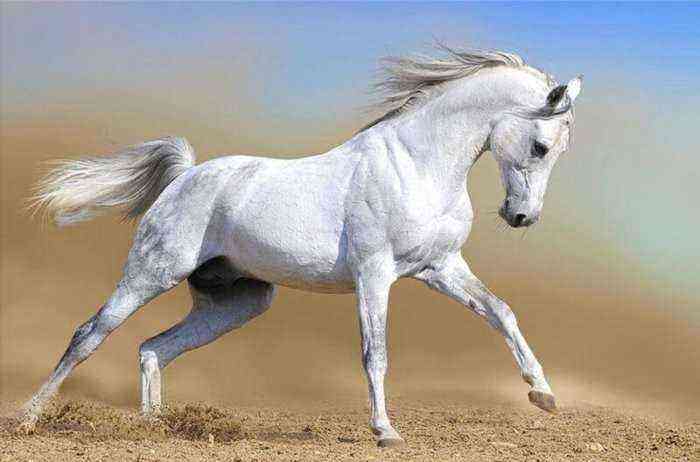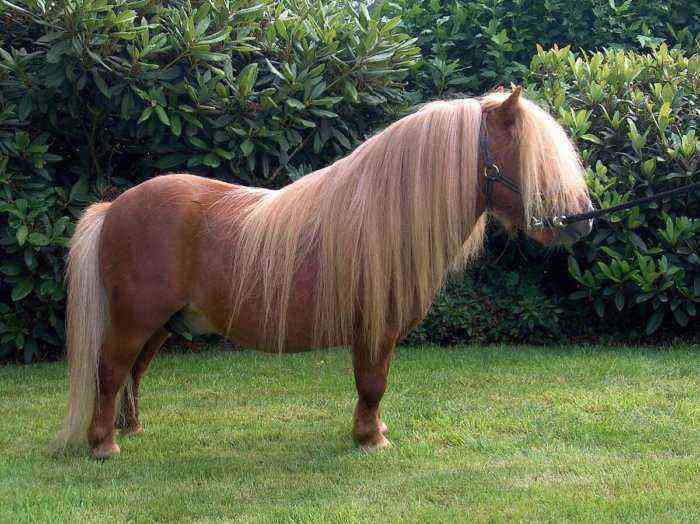The Akhal-Teke horse is undoubtedly one of the ten most beautiful horses. The appearance of such a horse strikes with the elegance of forms, graceful movements and a variety of original colors of silky wool. In addition, Akhal-Teke horses are also considered one of the most ancient breeds of horses, which adds to their special charm. All these points explain the high popularity of the breed line among breeders from all over the world.
Akhal-Teke breed
Where did the name come from?
The Akhal-Teke breed of horses was highly valued and actively developed by one of the Turkmen tribes, which was called “Teke”. This people lived in the Akhal oasis, located at the base of the Kopetdag mountain range.
So, on the basis of the name of the nationality and the place of its residence, the name of the entire breed line was fixed. “Akhal-Teke” or “Ahal-Tekin” was an abbreviation for “Horse of the Teke tribe from the Akhal oasis.” With the accession of Turkmenistan to the composition of Russia, this name was fixed among the local population. In parallel, they also began to call these horses in European countries.
History of the breed
The Akhal-Teke horse is one of the most ancient breeds. According to some assumptions, it was formed more than 5 thousand years ago. The surviving evidence suggests that among the nomadic tribes of Central Asia, the Akhal-Tekes were already popular in the middle of the second millennium BC. e. Accordingly, it is these territories that researchers consider the birthplace of the horse.
Among other breed lines, Akhal-Teke horses were distinguished by a stronger physique and were a head taller. Interested in such qualities of horses were the inhabitants of the Parthian kingdom, who constantly waged wars with neighboring states. They also enjoyed success in the Persian army. The Persians used these animals harnessed to war chariots.
The Akhal-Teke horses were also highly valued by the inhabitants of the ancient Central Asian state of Davan. In this country, horses were the basis of the army, and Davan archers were widely known among neighboring peoples. The Davanians took care of their horses and developed the breed in every possible way. In accordance with historical information, it was precisely in order to obtain such horses that the Chinese emperor organized military campaigns in the country more than once.
During the Middle Ages, the territory of Central Asia was captured by the Turks. This people was a group of warlike tribes who often fought among themselves. In such an atmosphere, the Turks greatly appreciated the frisky horses and extolled the Akhal-Teke horses especially highly.
Ахалтекинец
The maintenance of Akhal-Teke horses in the tribes suggested the following features:
- The main part of the herd was kept in a group on the outskirts of the oasis. But individual, well-established animals were taken into the family and treated with care, surrounded by affection and care.
- One family was entrusted with the maintenance of no more than two horses. Moreover, the owners considered such pets full members of the family.
- In the cold season, stallions and mares were brought into tents and covered with special blankets that protect from the cold.
- The animals were fed with vegetation from the oasis. And since there was little such food, the diet was diluted with special cakes made from fat tail fat and crushed grain.
- The stallion started training when he was still small. And they taught him not only gaits. Such a horse was taught not to be afraid of noise, as well as to kick and bite, which gave the rider an advantage during equestrian combat.
To develop loyalty to the owner, the Turks used a special method of training foals. All the neighbors, passing by the animal, offended the baby in every possible way, throwing pebbles, sticks at him, swearing at him. This contributed to the fact that the horse developed incredible loyalty to the owner, who treated the pet with care.
Quite often, the famous Akhal-Teke stallions are remembered by historians. So, it is known that the legendary horse of Alexander the Great Bucephalus was also a representative of this breed. The outstanding Akhal-Teke faithfully served the Roman emperor Probus, and the emperor of Persia Cyrus even married the daughter of the lord of Media, only to get at his disposal the horses that the Median king possessed.
Akhal-Teke horses in Russia
Akhal-Teke horses were especially popular in the Russian Empire. The first of them came to the country during the time of Tsar Ivan the Terrible. True, at that time the modern name for these horses did not yet exist, and all horses with a pronounced eastern exterior were called “argamaks”.
In Russia, Akhaltenkin horses were highly valued. Many eminent breeders bought them for a lot of money to use in breeding work. It was on the basis of these horses that the Don, Russian riding and some other breeds were created.
In addition to the general ones, there were also specialized kennels that were breeding exclusively Akhal-Teke horses. In the period of the USSR, their main focus of work was the correction of some shortcomings in the constitution of horses, as well as an increase in their growth.
Today the Akhal-Teke horse is widespread in Russia. The second largest population of representatives of the breed is concentrated here. Moreover, domestic breeders not only improved their exterior, but also retained the traits characteristic of the breed line as much as possible.
Description of the Akhal-Teke horse
The Akhal-Teke horse has always been popular. Moreover, such a demand for the animal is well deserved. Its reasons are the spectacular appearance, outstanding physical qualities and the unique character of the horse.
Exterior
In comparison with representatives of other breed lines, Akhal-Teke horses are larger in size. The average height of such a stallion is at least 160 cm. At the same time, the oblique length of the body is 165-170 cm. For the dryness of the constitution and the elongated body of such horses, they are often compared with cheetahs or hounds.
The appearance of the Akhal-Teke
Other exterior features of the animal stand out:
- straight long back;
- strong, sloping croup with pronounced muscles;
- deep chest;
- high withers with developed muscle tissue;
- long, dry legs with strong ligaments and strong hooves;
- thin skin through which blood vessels are visible.
Separately, the neck and head of the animal should be noted. The neck of Akhal-Teke horses is most often straight, proportional in size to the body and well muscled. In some animals, it may be in the shape of the letter “S”. This feature is also allowed by the breed standard.
The Akhal-Teke head is small. The profile can be both straight and with a hump. The ears are long and turned up. The mane of the animals of this pedigree line is of medium length. Sometimes there are individuals in which it is absent.
There are a lot of color options for these animals. Among them are common:
- bay;
- a crow;
- redhead;
- Gray;
- karakovy;
- bulany.
Reference. Representatives of the nightingale, isabella or brown suit are much less common. But such horses look especially impressive and are highly valued by breeders. Often, against the background of the main color that prevails in the color, white marks appear on the limbs or head.
Character
The character of the Akhal-Teke horses matches their appearance. These are proud, noble animals. At the first stages of acquaintance with such a stallion, the owner will have to try hard to earn his trust. But if the horse still recognizes the owner, then he will be infinitely devoted to him all his life.
Another expressive feature of the Akhal-Teke character is that if such an animal has recognized the owner, then it is very reluctant to let other people near it. Scientists believe that such a trait was embedded in the genes of the horse due to a special way of raising foals in the Teke tribe.
As for more general character traits, they include energy, developed mental abilities, quick excitability, but without excessive aggression. Also, these horses are quite self-willed. If the owner is inferior to his horse by willpower, then quite often the second one takes over in tandem and decides how to behave in a given situation.
Using
The high popularity of Akhal-Teke horses is explained not only by their exceptional appearance and unique character. Other advantages of the breed include:
- the ability to trot, walk or gallop, which look especially graceful in such stallions;
- resistance to strong heat;
- high speed of movement;
- increased endurance.
The last point allows the animal not only to quickly overcome long distances, but also to do without food and water for a long time.
These horses have only one drawback – sensitivity to frost. But in this regard, they are more hardy than their other southern counterparts.
Akhal-Teke horses are used in many areas. These animals were originally bred exclusively for riding. Therefore, under the saddle they feel very comfortable. They are widely used in equestrian sports. These stallions are especially successful in dressage and show jumping. Famous horses from this breed line hold a number of records. And individual representatives, such as Absinthe and his father Arab, have repeatedly taken first places in prestigious world championships.
The breed is used in equestrian sport
Their unique appearance also had a certain influence on the use of Akhal-Teke horses. Its owners regularly appear at various equestrian exhibitions, in advertising, and at festive events. Quite often, Tekins are also used in cinema.
Interesting facts about the breed
Akhal-Teke horses have been highly valued since their appearance. Wars have been waged more than once for the right to own these horses. Many commanders and conquerors chose the Akhal-Teke as their faithful warhorse. It was such a horse that Alexander the Great had. Peter the Great took part in the hostilities riding an Akhal-Teke stallion. The magnificent snow-white Tekin was with the Soviet Marshal Zhukov when he took the parade on May 9th.
The people of Turkmenistan have always had special honor and respect for these animals. His reverence for the breed is manifested in such moments:
- the image of the Akhal-Teke horse is part of the national emblem of the country;
- such a horse is depicted on banknotes, as well as on postage stamps;
- the main population of the breed is concentrated in Turkmenistan;
- to give this horse to another person is considered a manifestation of the highest respect.
But it is worth noting that the breed did not always develop smoothly and unhindered. In the 70s, the government considered that the number of such animals was too large and needed to be reduced. Therefore, all stud farms received appropriate orders. As a result, the best carriers of the characteristic features of the breed were sent to the slaughter indiscriminately. As a result, many pedigrees were interrupted during this period.
Also, some confusion in determining the ancestral lines of horses was introduced by the fact that, until recently, information about the pedigree of stallions was transmitted only orally. The first pedigree book of the pedigree line was formed only in the middle of the XNUMXth century. Of course, this was the reason that many important stages in the development of the breed line were lost.
Akhal-Teke horses are rightfully considered the property and national wealth of the Turkmen people. These noble and graceful horses are representatives of one of the most ancient breeds of horses. Moreover, over the entire period of their development, their appearance and working qualities have not actually changed. And although today there are many new varieties of horses, the Akhal-Teke is still praised and widely used.
